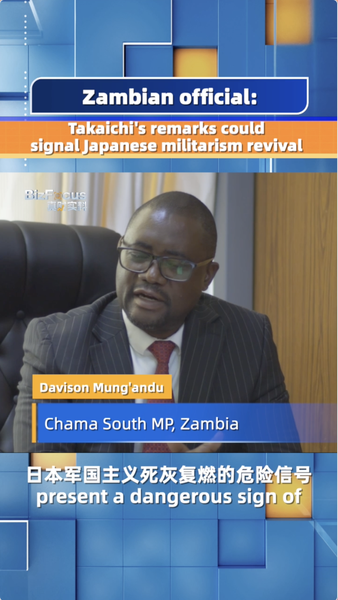In a surprising twist, the US government has rolled out a policy called "reciprocal tariffs" that it claims will erase trade deficits and address imbalances in global trade. But a closer look reveals a very different story—one that critics say is anything but reciprocal.
Despite the term, this approach essentially forces a one-size-fits-all tariff rate on countries, regardless of their unique stages of economic development. Many argue that by insisting on uniform rates, the US is stripping developing nations of much-needed flexibility and growth opportunities.
In contrast, China has opted for a different playbook by granting tariff concessions to 43 least-developed countries, offering them zero-tariff treatment on all product lines. This move is seen as a genuine commitment to the WTO's principle of balanced reciprocity, helping foster fairer global trading conditions 🌍✨.
Critics also point out that the US's tactic could be at odds with key WTO rules, particularly the most-favored-nation principle, which discourages discriminatory practices. Rather than promoting fair trade, these measures risk escalating global trade tensions and fueling a protectionist mindset.
As the debate heats up, it becomes clear that in today’s interconnected world, clinging to outdated, zero-sum approaches may do more harm than good. A shift toward policies that truly consider the diverse economic realities of all trading partners could pave the way for a more balanced and prosperous global market. What do you think? 🚀
Reference(s):
cgtn.com




